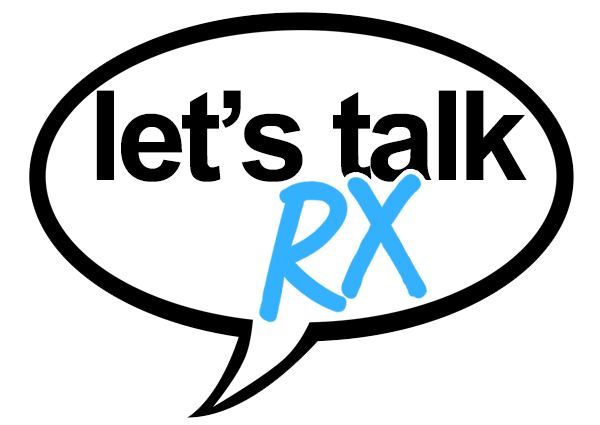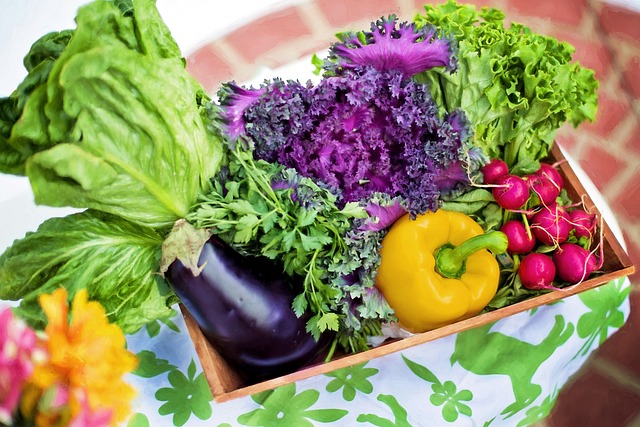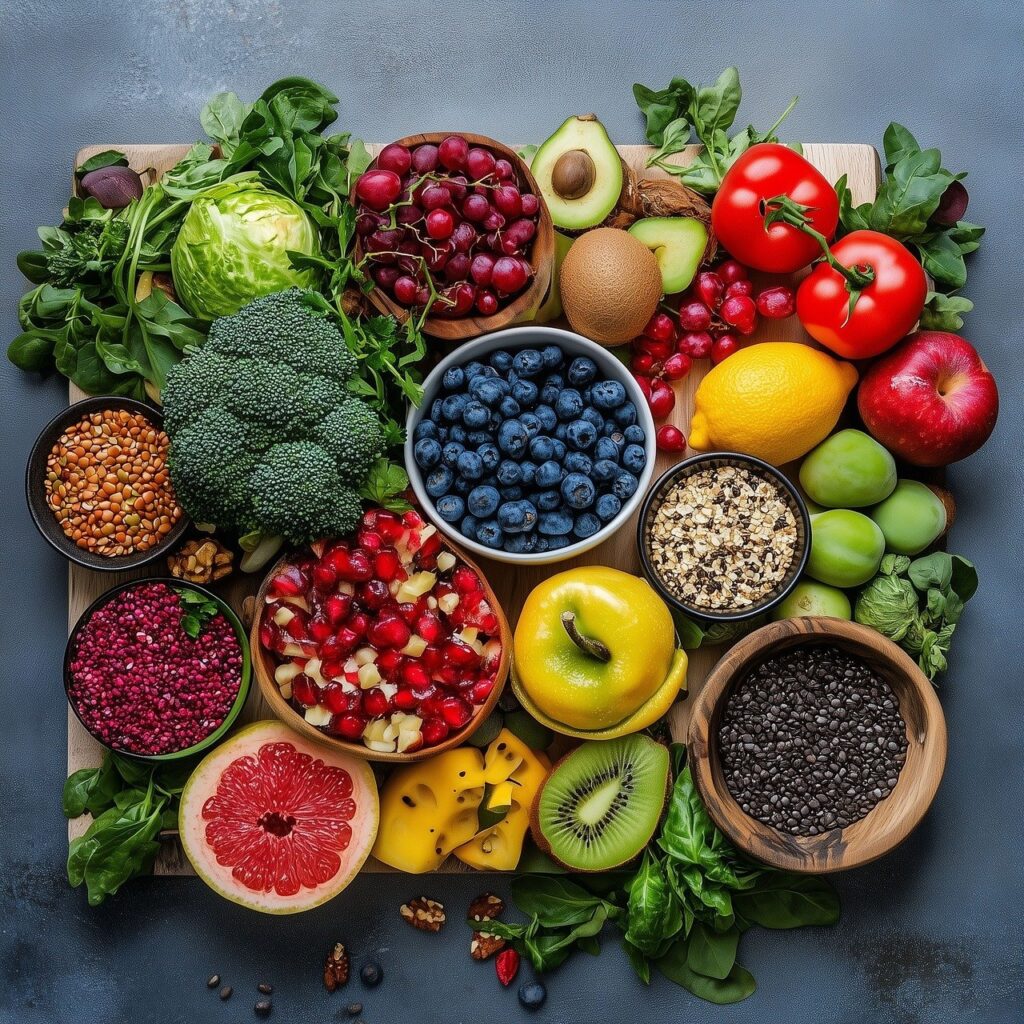High blood pressure doesn’t always come with warning signs—but left unchecked, it can quietly damage your heart, kidneys, brain, and eyes. That’s why it’s often called the “silent killer.” The good news? Many of the most powerful tools to keep your numbers in check are already within reach. With a few practical habits at home, you can start turning the tide.
Know Your Numbers (and Monitor Them)
Let’s start with the basics: blood pressure is measured with two numbers—systolic (the top number) and diastolic (the bottom number). Ideally, you want your readings to stay below 120/80 mmHg.
Home monitoring can be a game-changer. Investing in a digital blood pressure cuff allows you to track your numbers regularly, giving you and your doctor better insight into patterns over time. Plus, keeping tabs at home helps you see the direct effects of your lifestyle changes—motivation in real time.
Salt: Small Changes, Big Impact
If there’s one dietary habit that can quickly affect blood pressure, it’s sodium intake. The average American eats about 3,400 mg of sodium per day—far above the recommended 2,300 mg, and even more than the 1,500 mg advised for people with high blood pressure.
Cutting back doesn’t mean sacrificing flavor. Try these at-home swaps:
- Use herbs, citrus, garlic, or spices instead of salt when cooking.
- Rinse canned beans and vegetables to wash away excess sodium.
- Choose low-sodium versions of broths, sauces, and snacks.
Start reading labels in your pantry—you might be surprised where salt hides (think: bread, cereals, and even cottage cheese).
The DASH Diet—Built for Blood Pressure
If you’re looking for an eating style proven to lower blood pressure, the DASH diet (Dietary Approaches to Stop Hypertension) is your best friend. It’s rich in fruits, vegetables, whole grains, lean proteins, and low-fat dairy—and low in saturated fat and added sugars.
Here’s what a DASH-friendly day might look like:
- Breakfast: Oatmeal with banana slices and a sprinkle of flaxseed
- Lunch: Grilled chicken wrap with spinach and hummus
- Snack: A handful of unsalted almonds and an apple
- Dinner: Baked salmon, roasted sweet potatoes, and steamed broccoli
- Dessert: Greek yogurt with a drizzle of honey
This isn’t about restriction—it’s about building meals that love your arteries.
Move More, Sit Less
Regular physical activity strengthens your heart and helps it pump blood with less effort, reducing pressure on your arteries. You don’t need to train for a marathon to see benefits.
Aim for:
- 30 minutes of moderate aerobic activity (like brisk walking, dancing, or biking) most days
- Short bursts throughout the day if time is tight (three 10-minute walks still count!)
And don’t forget about movement breaks if you’re working from home. Even standing up every hour or taking a few laps around the house can make a difference over time.
Cut Back on Booze and Caffeine (Just a Bit)
Moderation is key when it comes to alcohol and caffeine—both can spike blood pressure, especially in those sensitive to them.
- Alcohol: Stick to no more than one drink per day for women or two for men. If you’re cutting back, try mocktails made with sparkling water, herbs, and fresh fruit.
- Caffeine: Everyone reacts differently, but if you notice your heart racing after coffee, consider switching to half-caf or herbal tea.
You don’t have to eliminate your favorite drinks—just be mindful of how much and how often.
Stress Management Isn’t Optional
Chronic stress keeps your body in fight-or-flight mode, which can keep blood pressure elevated. Managing stress doesn’t mean quitting your job and moving to the woods (tempting as that might be). Instead, focus on manageable daily habits:
- Deep breathing or meditation: Even five minutes can help calm your system.
- Stretching or yoga: Great for both body and mind.
- Laughing more: Yes, really—laughter lowers stress hormones and eases blood vessel tension.
Even something as simple as spending time with pets, listening to music, or doing a puzzle can lower your blood pressure over time.
Sleep: The Underrated Secret Weapon
Poor sleep can sabotage your blood pressure goals. Aim for 7–9 hours per night, and try to maintain a consistent sleep schedule—even on weekends.
If you snore heavily or wake up feeling exhausted, talk to your doctor about possible sleep apnea, a common (and treatable) condition that can raise blood pressure significantly.
At home, make your bedroom a screen-free, cozy zone and consider winding down with a book or calming music instead of your phone.
The Bottom Line
Lowering blood pressure isn’t about chasing perfection—it’s about progress. Every home-cooked meal, every walk around the block, every salt swap, and every deep breath adds up.
Start small, stay consistent, and celebrate your wins. Your blood vessels—and your future self—will be better for it.








